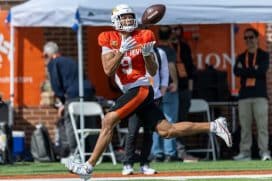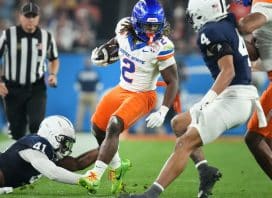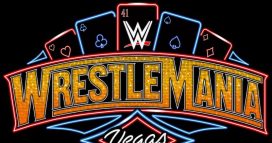Phillies
Top 25 Players to Ever Play a Game for the Phillies: No. 14, Ryne Sandberg
By Matt Albertson, Historical Columnist
The "Five-for-One" trade where the Phillies traded five players to Cleveland in return for Von Hayes is infamous in Philadelphia baseball circles. But it's important to recognize that that trade actually worked out for the Phillies; none of the players they traded to the Indians really had much of a career aside from Julio Franco, who had a very good and lengthy career. But 11 months prior to the Hayes trade, the Phillies executed a trade with the Chicago Cubs that turned out to be one of the worst trades in franchise history, when they traded veteran Larry Bowa and infielding prospect Ryne Sandberg to the Cubs for middle infielder Ivan de Jesus. de Jesus was in the middle of a decent career when the Phillies acquired him from the Cubs, with whom he slashed .249/.319/.319. It was a band aid move to try and get back to the postseason, but turned out to be incredibly short-sighted, because Sandberg turned into one of the best second baseman in history and was inducted into the Baseball Hall of Fame in 2005.
Former Reading Phillies club president Joseph J. Buzas told the Philadelphia Inquirer in 1980 that he thought Sandberg was "going to make it to the big leagues." In that year, Sandberg slashed .310/.403/.469 with 152 hits, 11 home runs, and 79 RBI. Later, in 1981, Inquirer columnist Jayson Stark wrote a piece on Julio Franco as the likely candidate to be the next good Phillies shortstop, while mentioning that Sandberg also had a shot to take the spot. Stark continued, "But Franco clearly seems to be the anointed one…he just figures to be ready to come about the time that Larry Bowa figures to be ready to go." A few months later, former Phillies manager and farm director Dallas Green, then vice president of the Chicago Cubs, agreed to trade for Sandberg. In just 13 games with the Phillies in 1981, Sandberg slashed .167/.167/.167 with one hit in six at-bats.
Green fleeced the short-sighted Phillies as Sandberg began a Hall of Fame career with the Cubs. Sandberg made the National League All-Star team 10straight seasons between 1984 and 1993. Over a 16-year career, he slashed .285/.344/.452. He only played in two postseason series but dominated the competition. He slashed .368/.455/.474 in the 1984 NLCS against San Diego (managed by Larry Bowa) and .400/.458/.800 in the 1989 NLCS against the Giants, with an aggregate .385/.457/.641 slash line between the two series.
Career Accomplishments
- 2005 Hall of Fame inductee
- 1984 National League MVP
- Ten-time National League All-Star
- Nine-time Gold Glove winner
- Seven-time Silver Slugger Award Winner
- 2,386 hits
- Led National League in assists seven times, fielding percentage four times, and in runs scored three times
*Awards were not factored into the formula
Career-Defining Moment
It's known as "The Sandberg Game." The Cubs sprinted out of the gates early in 1984 but began a Cubs-eque tailspin after a four-game sweep in Philadelphia and were mired in third when they welcomed the Cardinals to the friendly confines on June 23, 1984.
The Cardinals jumped all over Chicago in the early innings and led 9-3 by sixth inning. But the Cubs clawed back, scoring five runs in the inning. The score was static when the Cubs down to their final three outs in the ninth. With ace reliever Bruce Sutter on the mound, Sandberg stepped to the plate to start the frame and crushed a curveball to left-center field to tie the game. The game went into extra innings where St. Louis took a two run lead into the bottom of the tenth. With two out and one on, Sandberg again hit a game-tying home run off of Sutter. The Cubs eventually won the game in the eleventh inning.
Reasoning for ranking
Sandberg scored 43 points in our formula. He totaled 67.5 WAR, averaging 4.2 WAR over his 16 seasons. He had 12 seasons of 2+ WAR and six seasons at 5+ WAR, and two seasons at 8+ WAR totaling 40 points. His 2,386 hits ranks 126th all-time, his 403 doubles ranks 177th all-time, and his 282 home runs ranks 168th all-time, totaling three pionts
Sandberg ranks at a one on our subjective importance scale because he only played 13 games for the Phillies during his career. Plus, his trade to the Cubs negatively affected the organization for years to come.
Explanation of scientific formula
The player rankings formula combines both traditional and advanced statistics/metrics and assigns a point total to each category.





